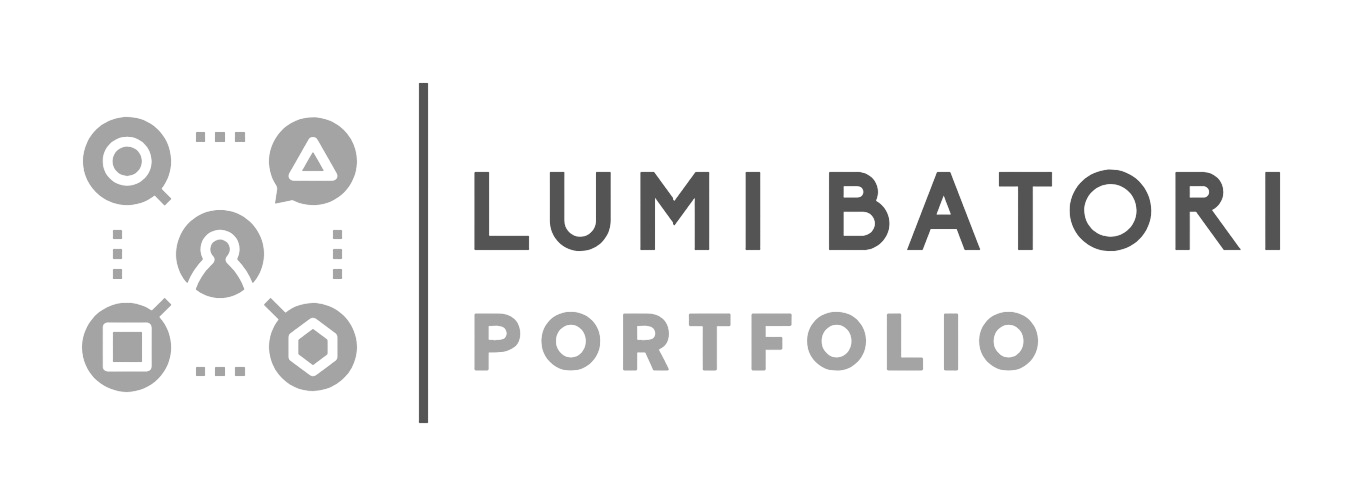My experience leading a team
I’m a passionate UX lead with experience managing a team of designers, thriving at the intersection of creativity, collaboration, and strategy. I enjoy driving clarity, alignment, and user-centered outcomes, while fostering a supportive culture.
Creating an onboarding process for new designers
One of my goals as a UX Lead was to create an onboarding workflow for new designers that is structured and supportive, designed to help them quickly integrate into the team, understand the product landscape, and gain confidence in contributing to meaningful work.
Welcome & Introduction: welcome meetings to be organized in order to introduce the team’s vision, values, design principles, and current priorities; also outlines the onboarding timeline and provides space for any initial questions or expectations.
Cross-Functional Meet & Greets: new designers have to be scheduled for introductory meetings with key collaborators, including business analysts, line manager, and Marketing. These conversations help establish context around product goals, user needs, and the team's ways of working.
Deep Dive into Products: designers should get familiar with the products through product walkthrough with the BAs, access to past design documentation and by working on UX audits of the products.
UX Research Familiarization: to build a strong foundation in research practices, designers should be introduced to the team’s UX research repository and given access to the research tools used within the company.
Design Process Overview: designers should get familiar with the design process, design systems, UX library created for documentation and workflow (i.e. design feedback, handoff processes, async updates).
Continuous Support: throughout the first few weeks, designers should have regular check-ins with the UX Lead to reflect on progress, answer questions, and ensure they feel supported in ramping up confidently.
Creating a Figma library for annotations & documentation
The Figma library is a comprehensive toolkit built to support the team in visually documenting and communicating every stage of the design process. It includes thoughtfully crafted components that help capture user behaviors, user interactions, including states for the components - ensuring alignment across design and development.
Main feature for the library:
Process & Flow Components: modular elements for mapping user flows and journey stages.
User Behavior Blocks: components to illustrate key user actions.
Interaction Patterns: components designed to depict interactions such as hover, tap or drag.
Status & State Indicators: set of badges, icons, and annotations to represent different states of the design process.
Documentation Aids: annotations, sticky notes, and content blocks for capturing feedback, design rationale, and version history - all seamlessly integrated into design files.
Continuously adjusting the design process
We largely follow the Double Diamond design process to ensure we solve the right problems and build the right solutions through key stages. However, we needed a more detailed breakdown of the stages and ownership for each step of the process. This helped us clarify who needs to do what and when and reduce blockers during delivery as much as possible. Blockers should be addressed early through open communication and collaboration - whether in stand-ups or async updates, check-ins and huddles to align and problem-solve or escalate when needed to adjust scope or priorities.
Setting up a UXR process
Our UX research workflow is designed to support both generative and evaluative research across the product lifecycle. Each phase is supported by specific tools tailored to the method.





